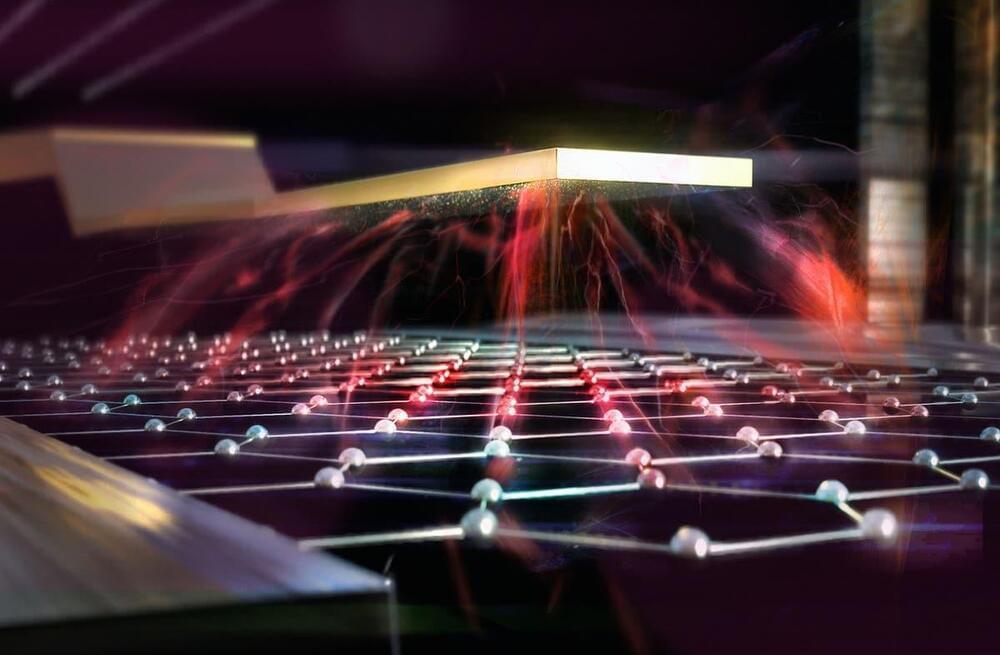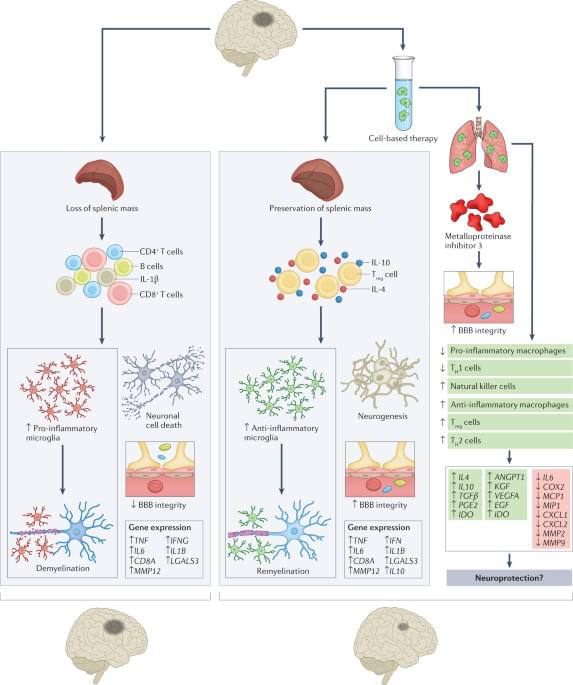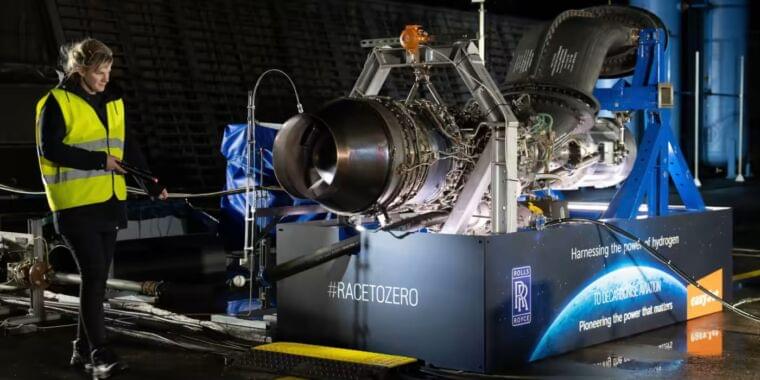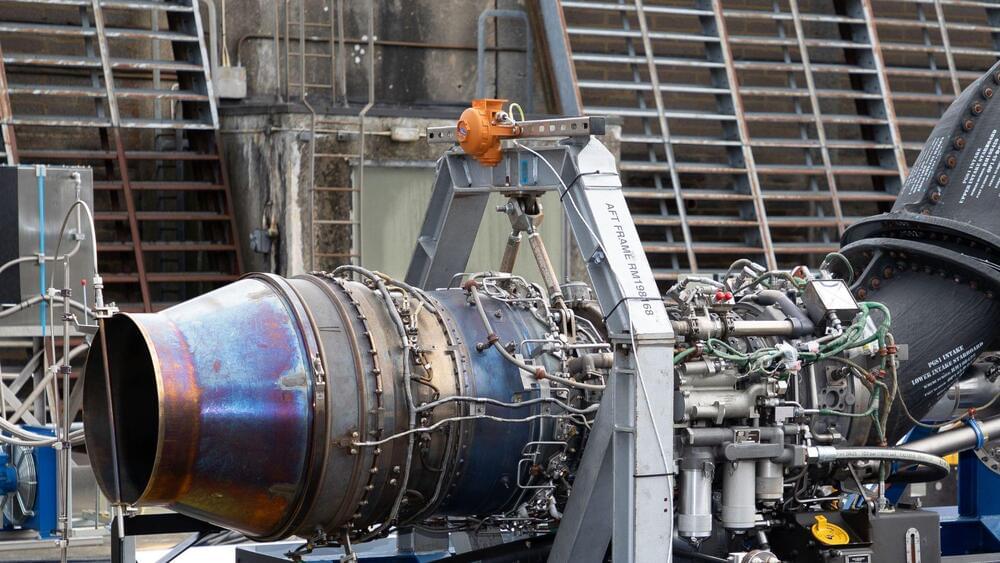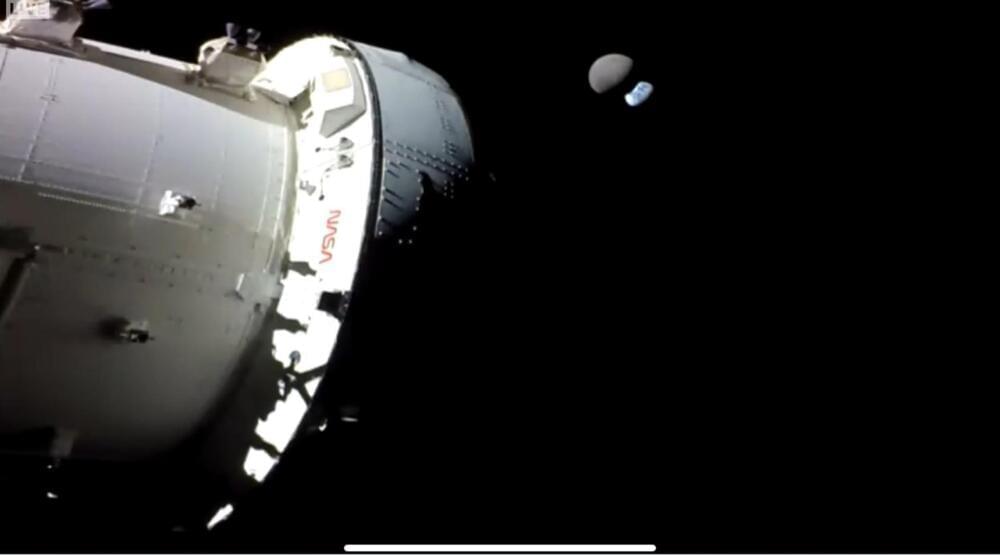Will AI kill art? Not likely, says the artist Alexander Reben, who has been working with AI for years.
UC San Diego nanoengineering professor Shyue Ping Ong described M3GNet as “an AlphaFold for materials”, referring to the breakthrough AI algorithm built by Google’s DeepMind that can predict protein structures.
“Similar to proteins, we need to know the structure of a material to predict its properties,” said Professor Ong.
“We truly believe that the M3GNet architecture is a transformative tool that can greatly expand our ability to explore new material chemistries and structures.”
In this Review, Savitz and Cox consider the evidence for a model of cell-based therapy referred to as the bioreactor hypothesis, in which exogenous cells migrate to peripheral organs and reprogramme host immune cells to generate an anti-inflammatory, regenerative environment.
This CEO says generative AI is all flash, no substance — and ultimately, will fail to generate major new revenue streams for VCs’ billions.
Elon Musk’s role in Tesla’s early history has been a point of contention. Eberhard has sued Musk, alleging libel because Musk says he’s a founder.
Since then, the tech mogul and Tesla CEO has let further staff go, some through layoffs aimed at downsizing the company and others through more targeted firings.
But after scrambling to get rid of staff, Twitter is still now actually hiring, Musk said in a presentation to the company, slides from which he posted on Twitter.
“We’re recruiting,” the slide simply read.
British engineer Rolls-Royce has successfully used hydrogen instead of conventional jet fuel to power a modern aircraft engine in a world first for the aviation industry, according to the company.
The ground test, which took place at a government test facility at Boscombe Down, used green hydrogen generated by wind and tidal power from the Orkney Islands in Scotland.
Rolls-Royce used a converted AE 2100-A turboprop engine that powers civil and military aircraft to conduct the test in partnership with easyJet.
The test is a stepping stone to achieving carbon neutrality by 2050.
In what can be considered a promising first step towards transforming the aviation industry to become carbon-neutral, a project led by Rolls Royce and easyJet has successfully tested a modern-day jet engine that runs solely on hydrogen.
The prototype for the experiment, which was conducted at a test facility at the Ministry of Defence Boscombe Down, U.K., was a commonly-used Rolls-Royce AE-2100A regional aircraft engine. The turbine was supplied with ‘green’ hydrogen, which was made by splitting water into its constituent components at European Marine Energy Centre in the Orkney Islands, U.K.
“We are pushing the boundaries to discover the zero carbon possibilities of hydrogen, which could help reshape the future of flight,” Grazia Vittadini, chief technology officer of Rolls-Royce, said in a statement.
NASA said Orion is the safest spacecraft in the NASA fleet.
The technological advancements in imaging over the past 20 years are really paying off in space. From Hubble Space Telescope to James Webb, the Perseverance Mars Rover, and now NASA’s Orion spacecraft, a stream of amazing images from space parade before us.
Images are just the beginning
The Orion images capture what it’s like to see Earth from a distance, a great distance. Even the best cameras need to be enhanced for this type of imaging, and Orion is up to that task, and the task of bringing humans back to the Moon.
The absence of the 21-centimeter hydrogen line allowed scientists to determine specific properties of the earliest galaxies in the universe.
An international group of astronomers, led by scientists at the University of Cambridge, just shed new light on the cosmic dawn of the universe, a press statement reveals.
The cosmic dawn is a very early period of the universe, during which the first stars and galaxies formed. The researchers used data from India’s SARAS3 radio telescope to analyze this period of the cosmos and determine mass and energy output limits for the first stars and galaxies.

